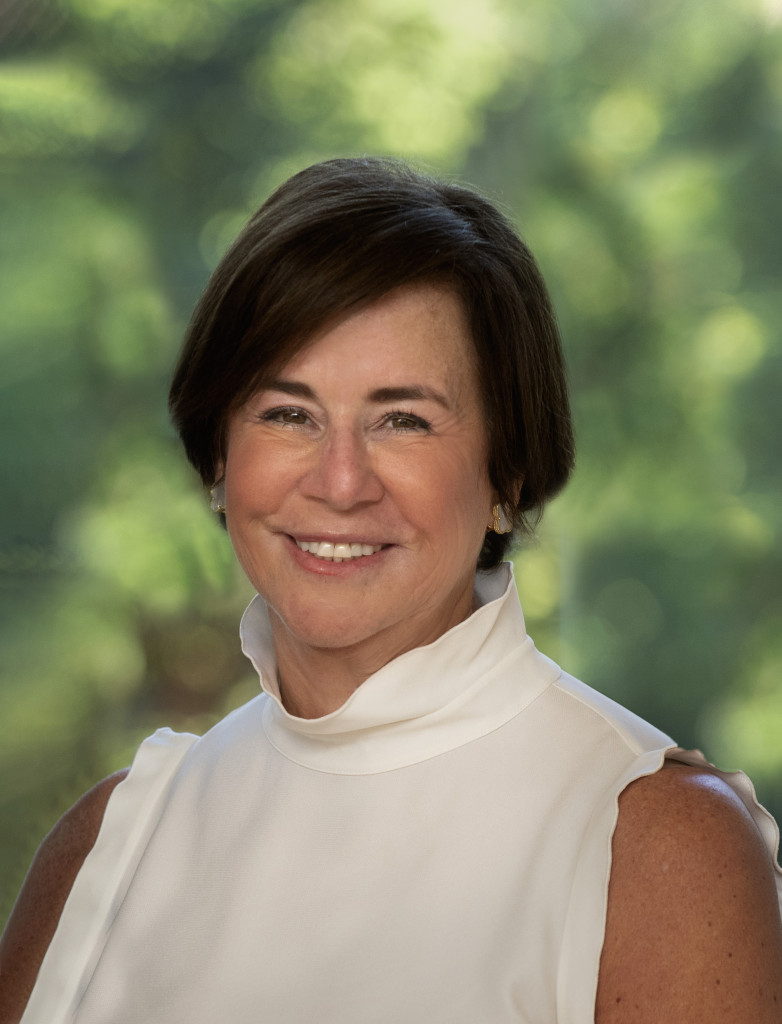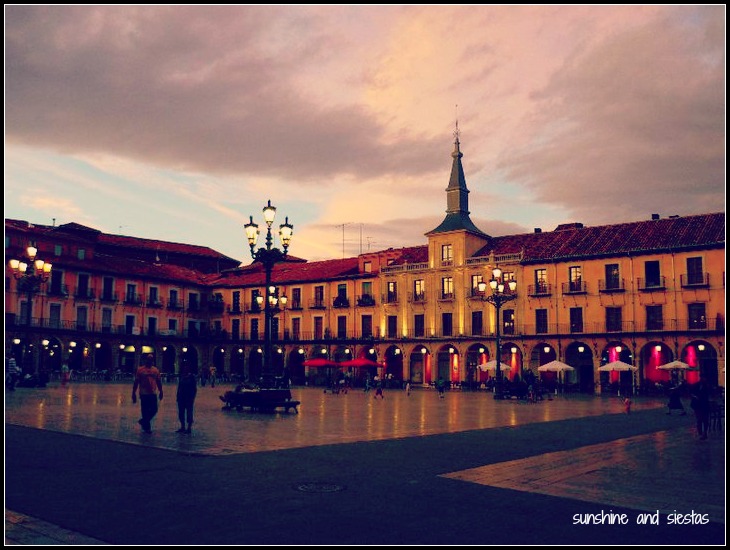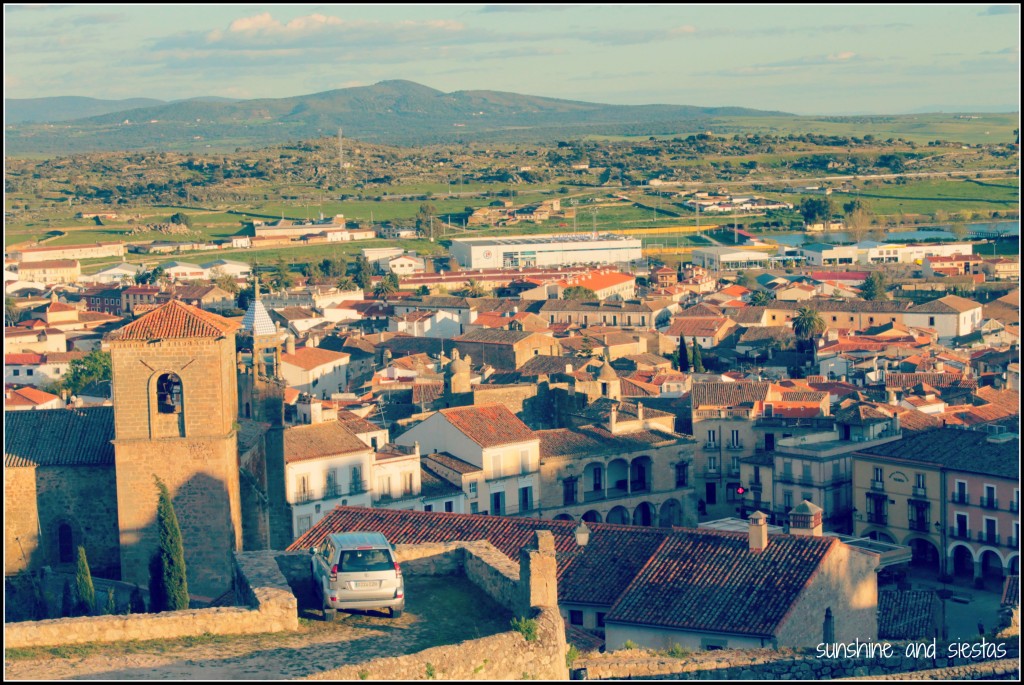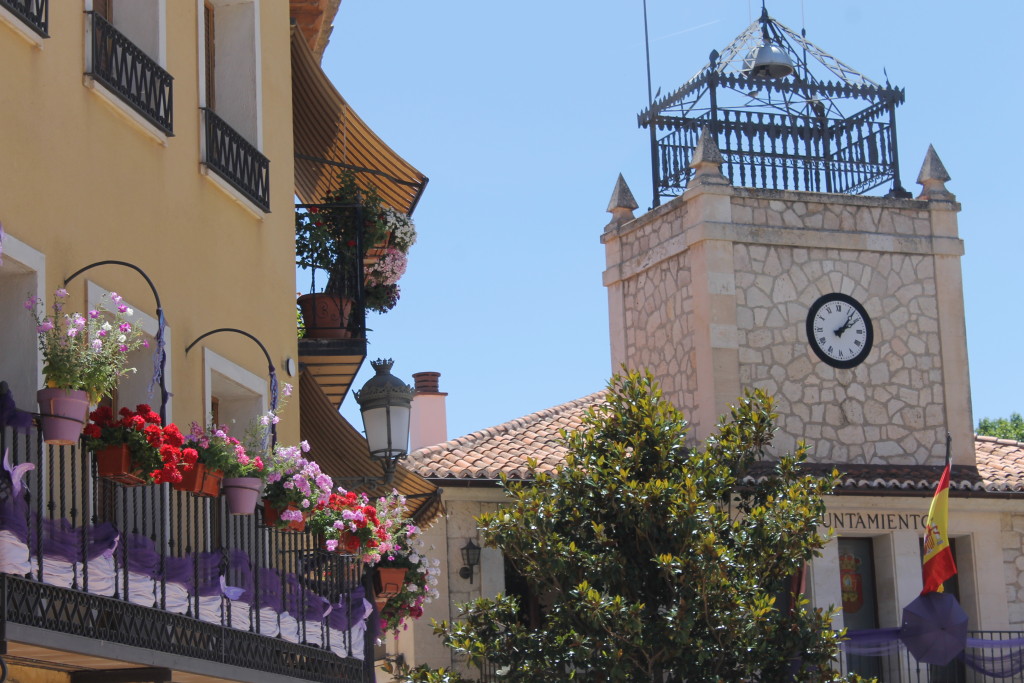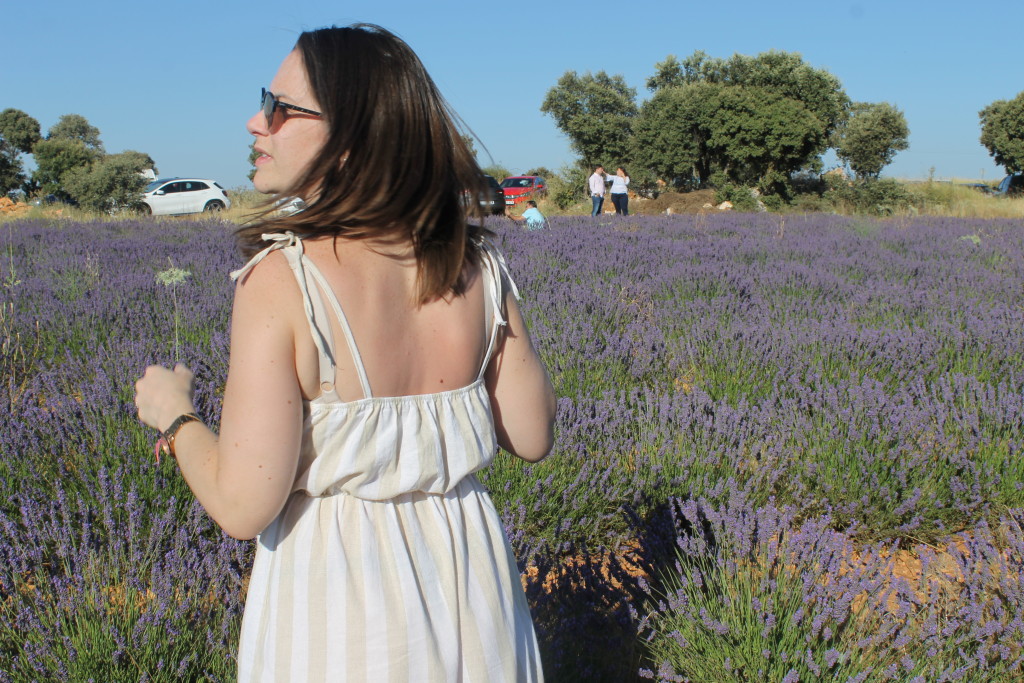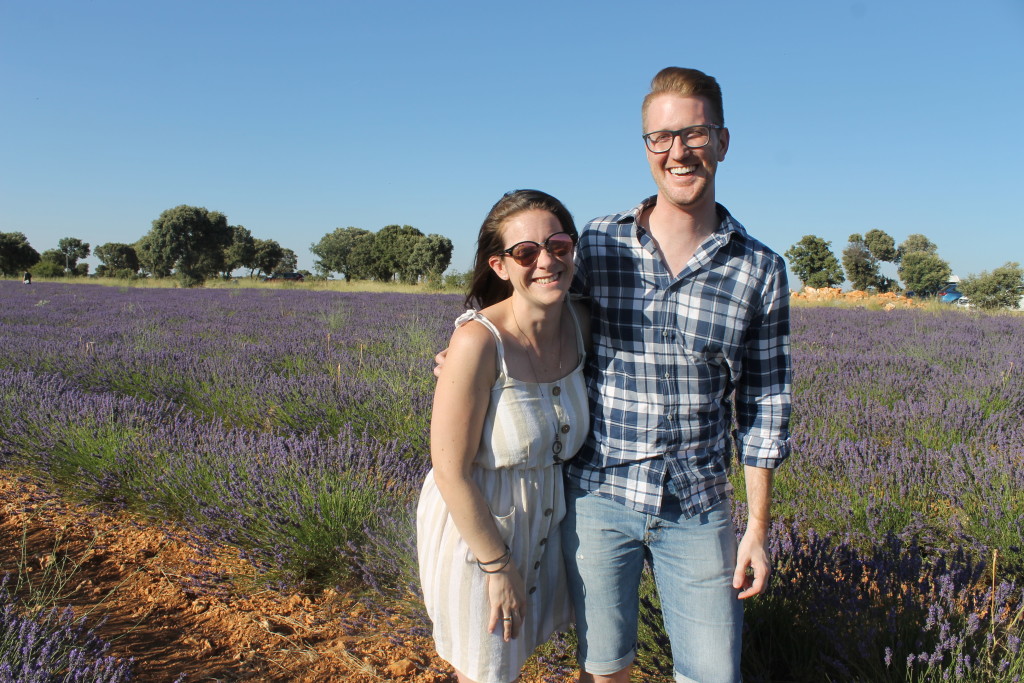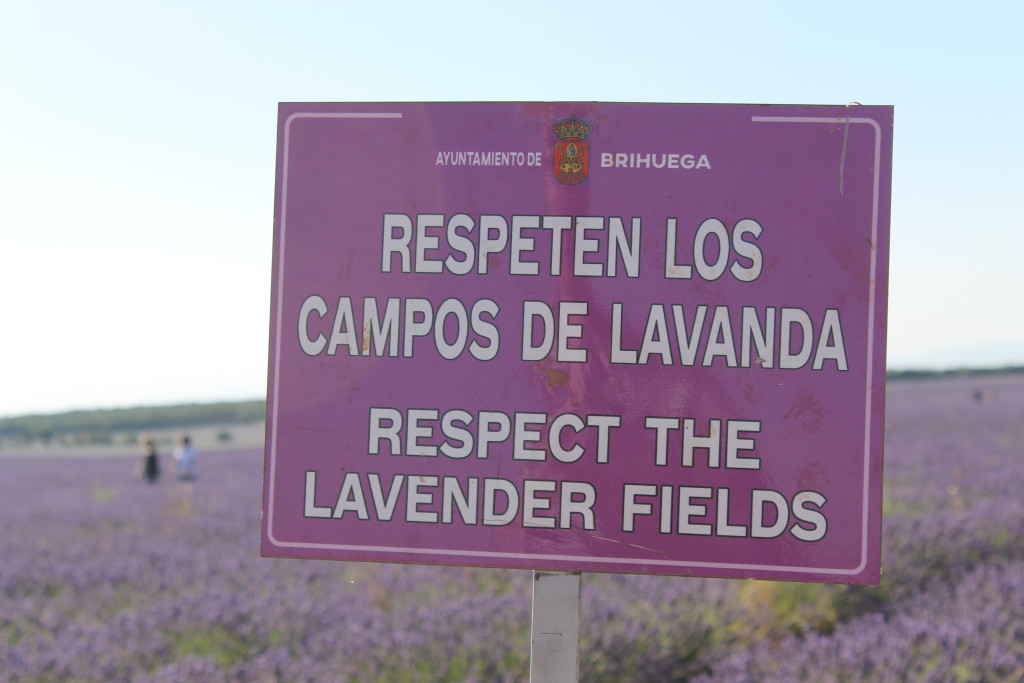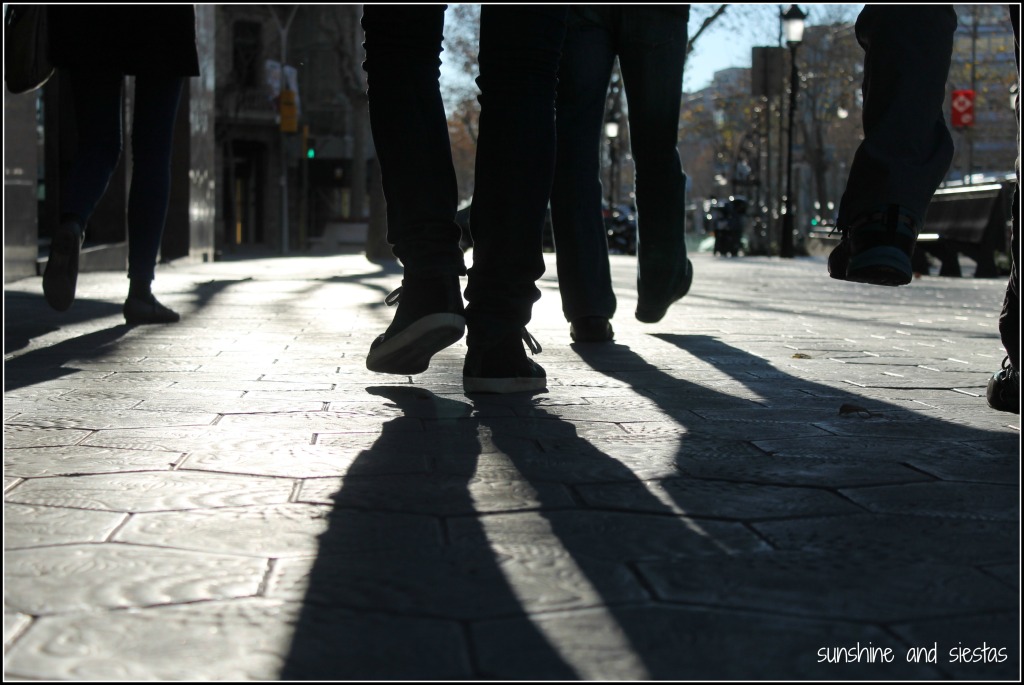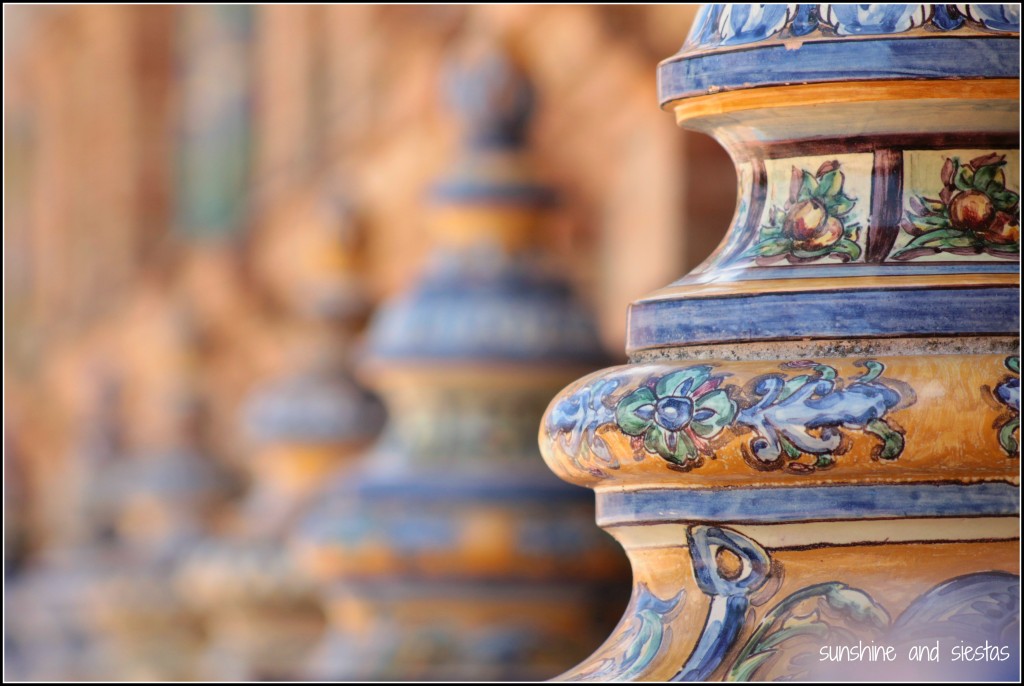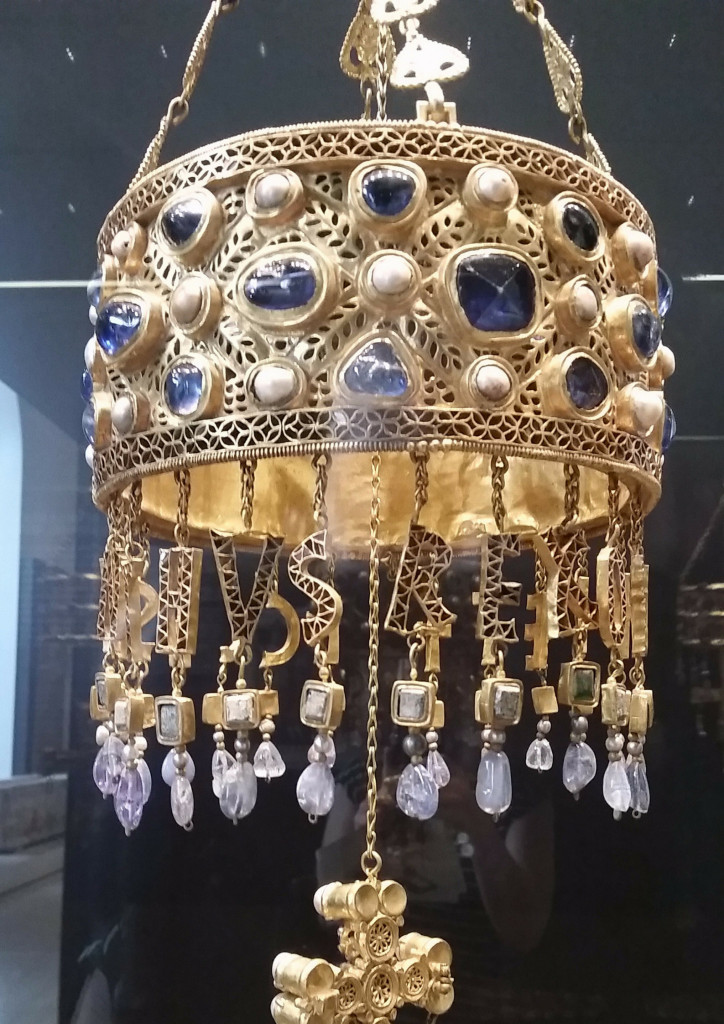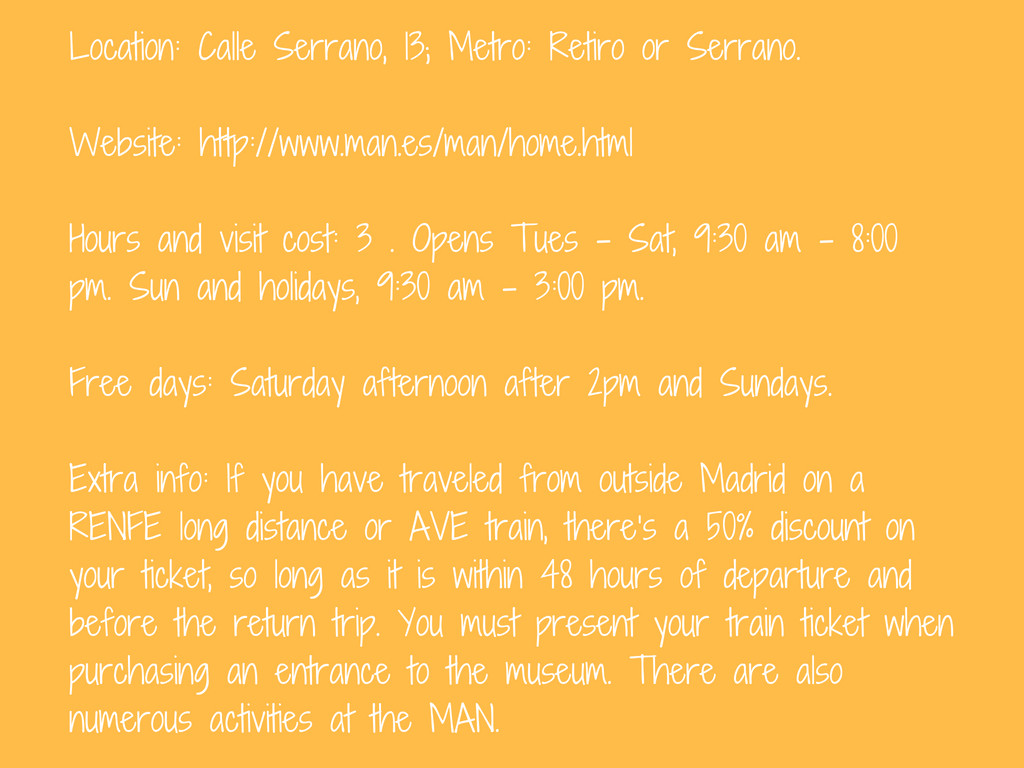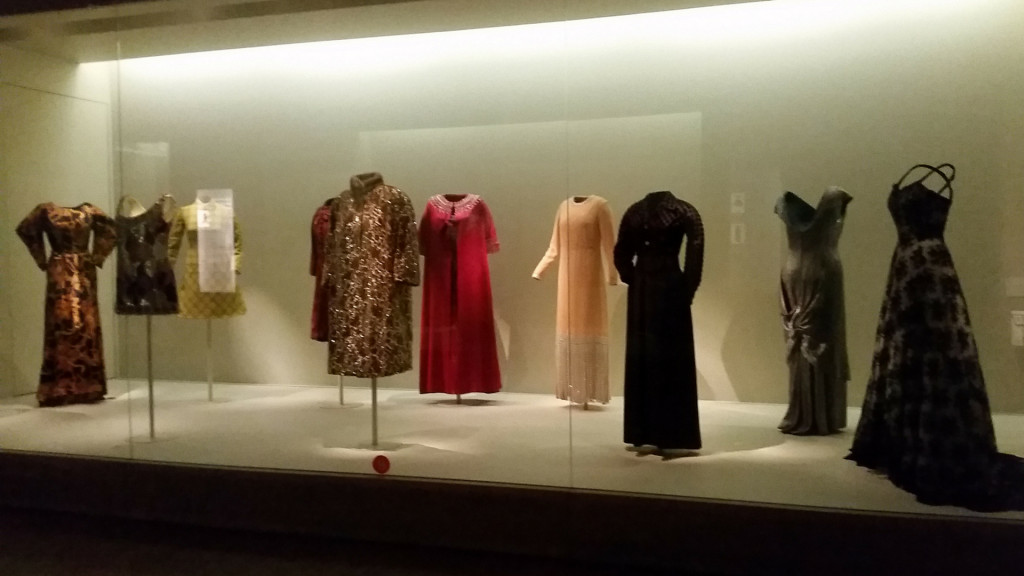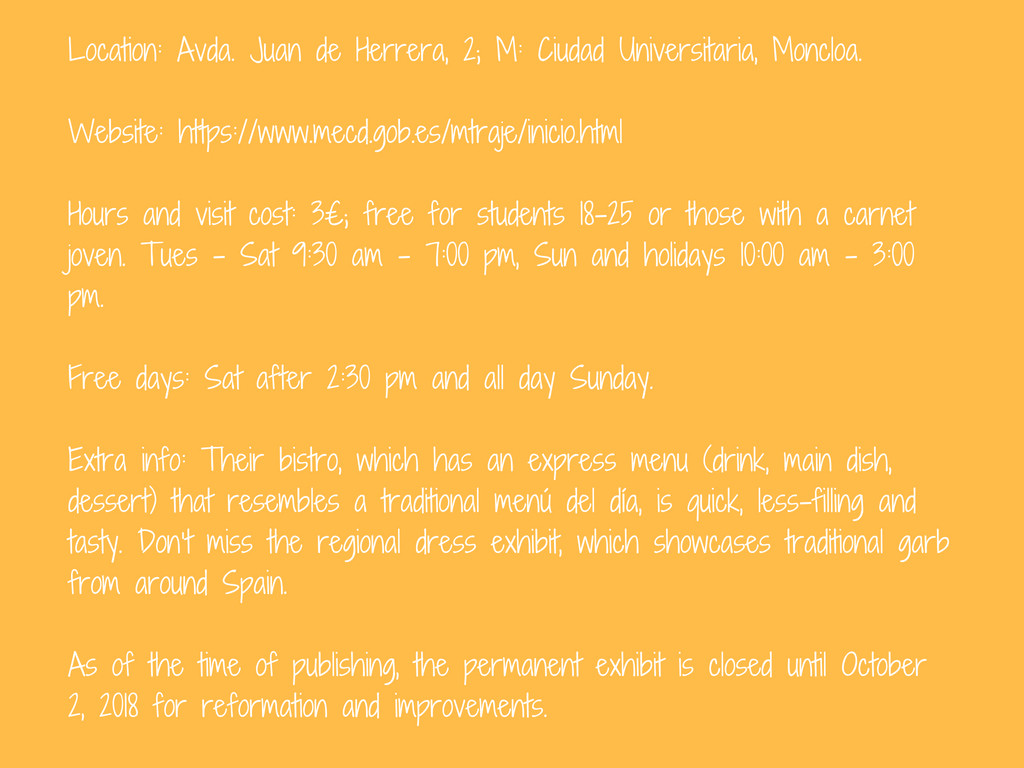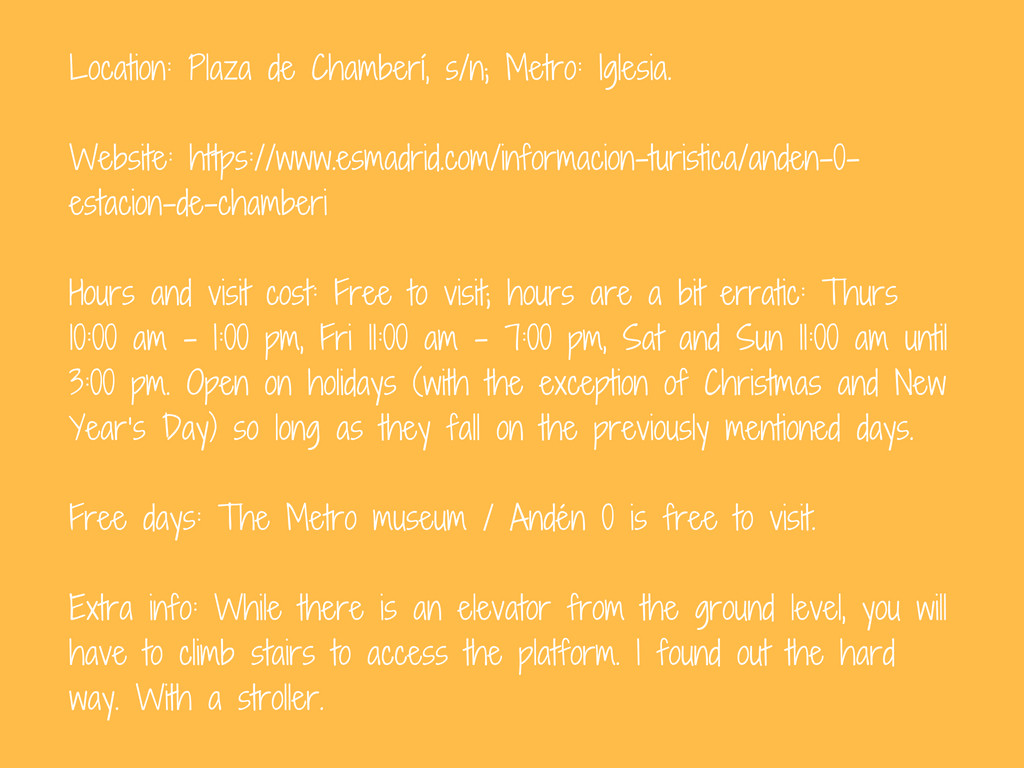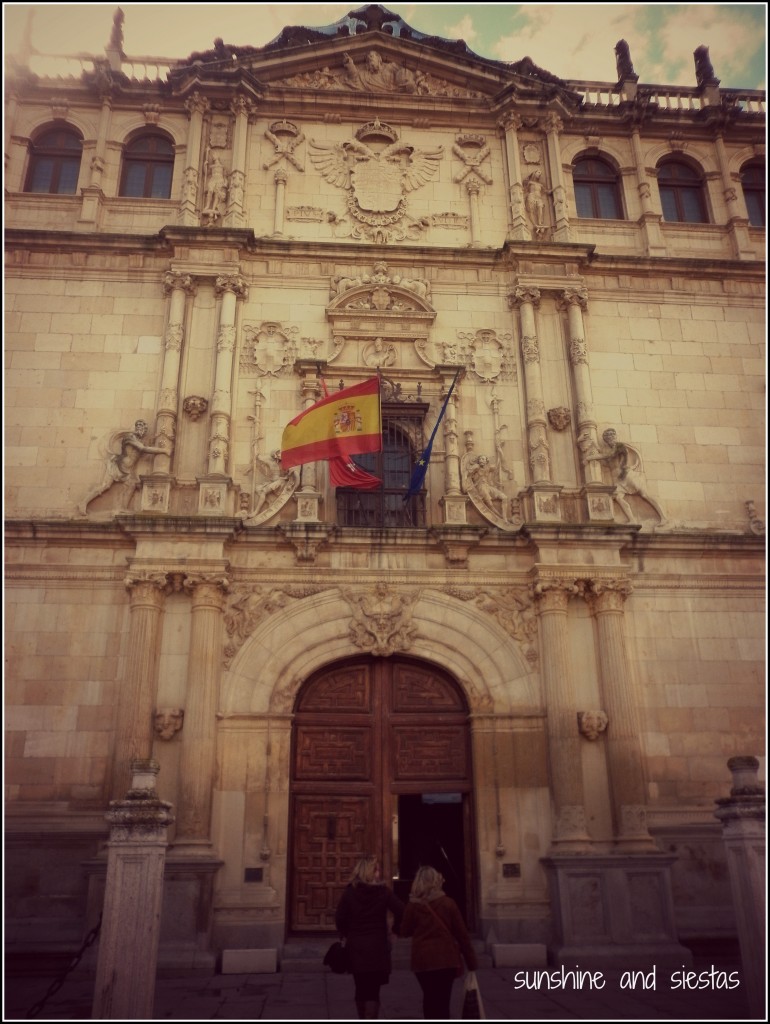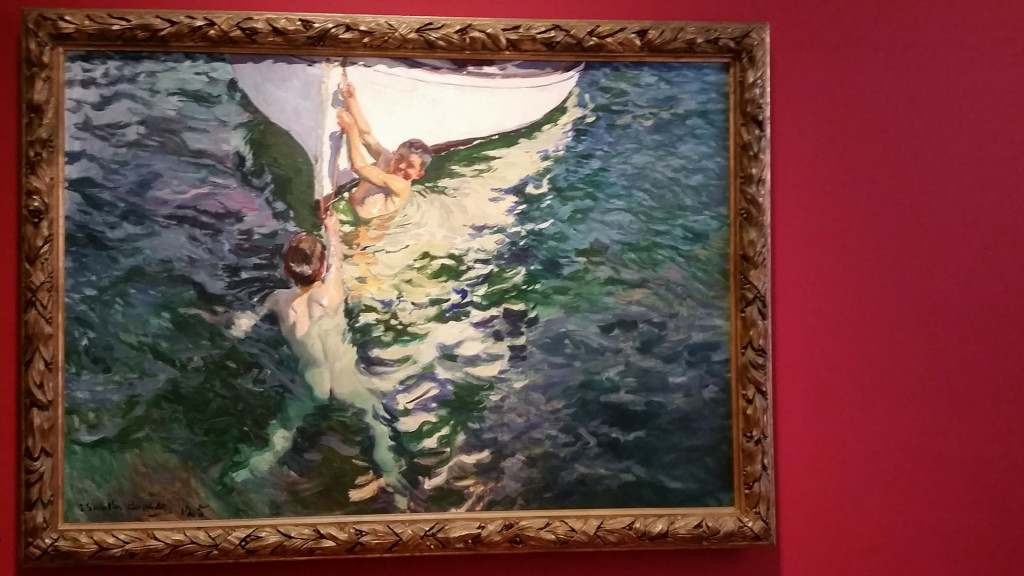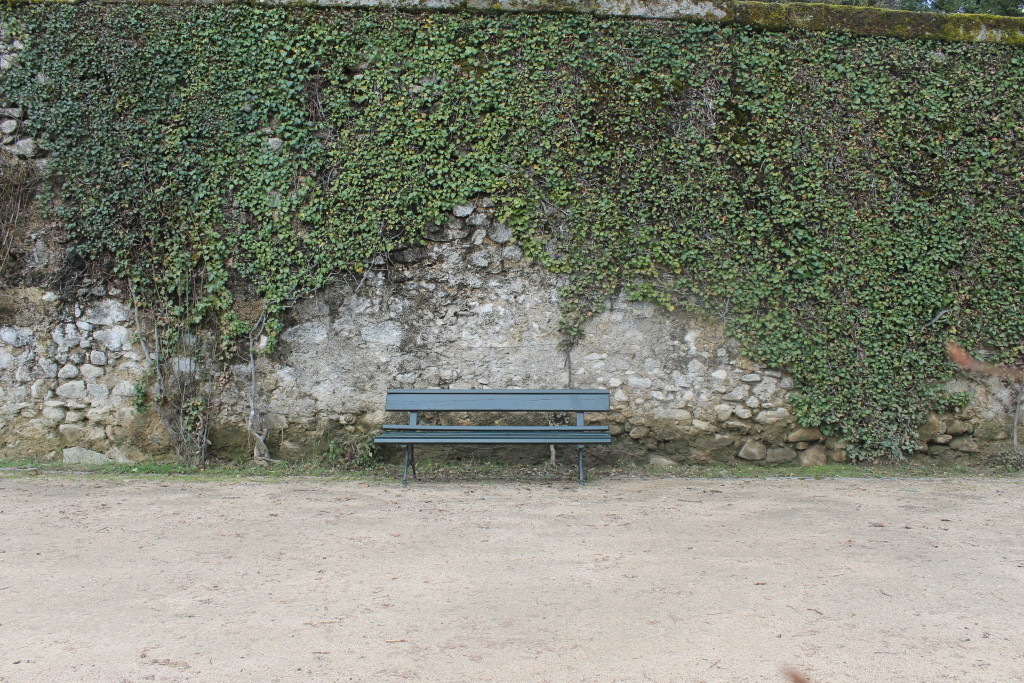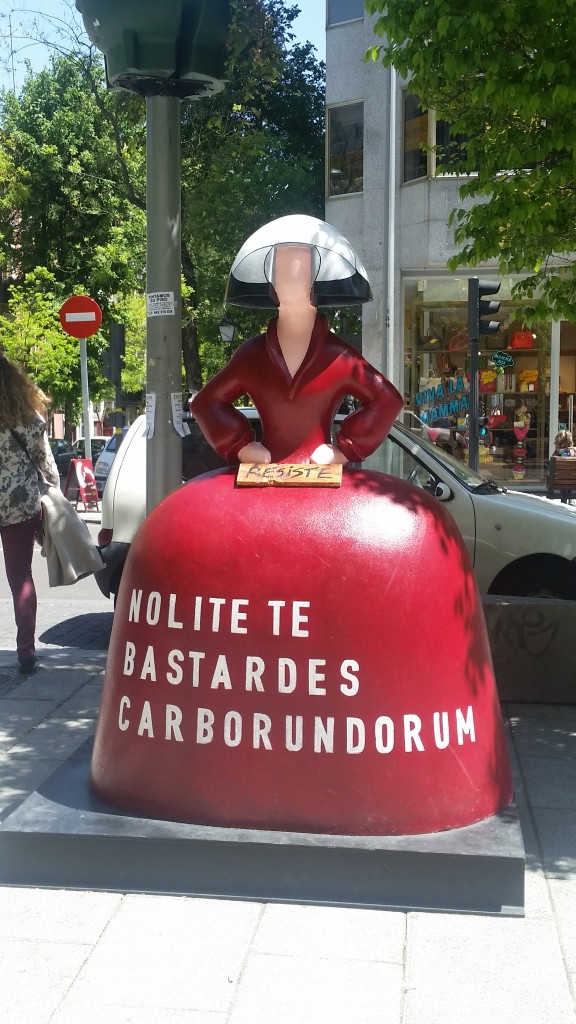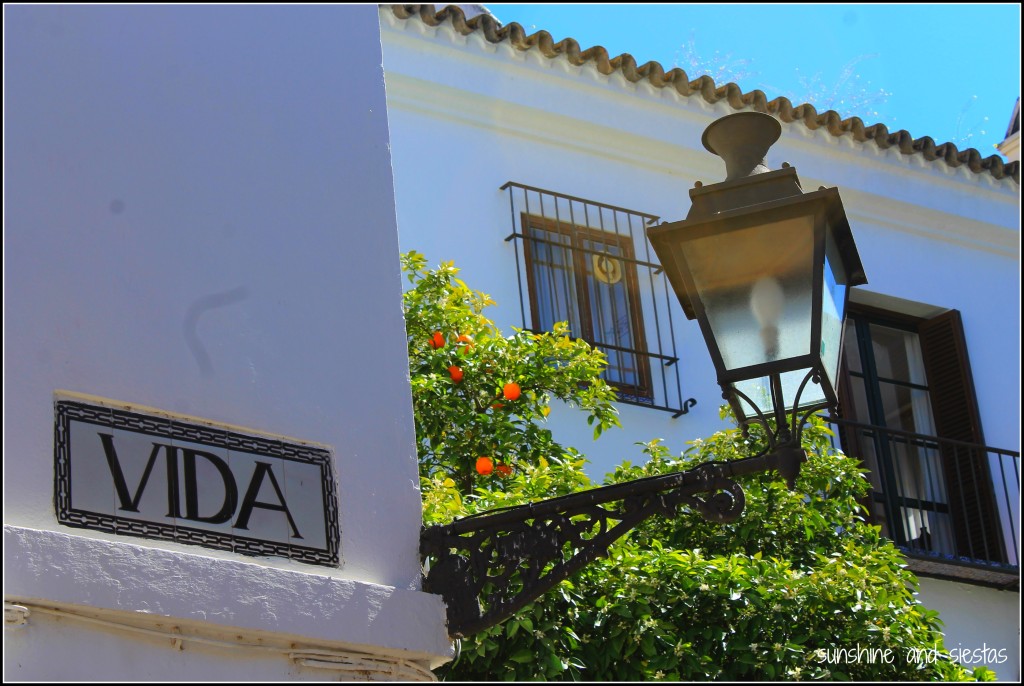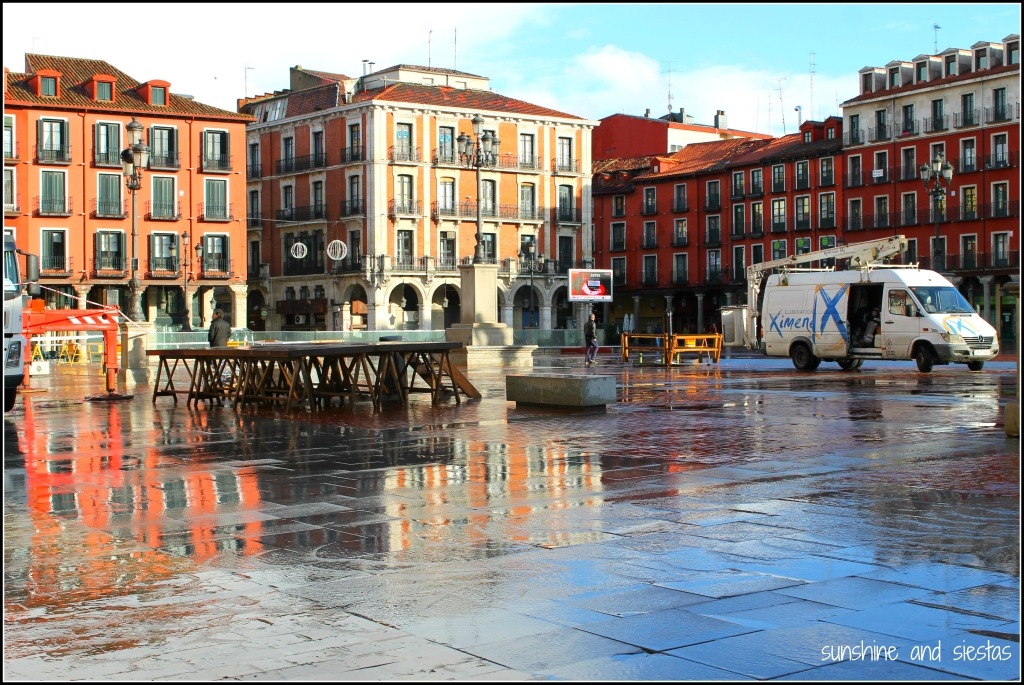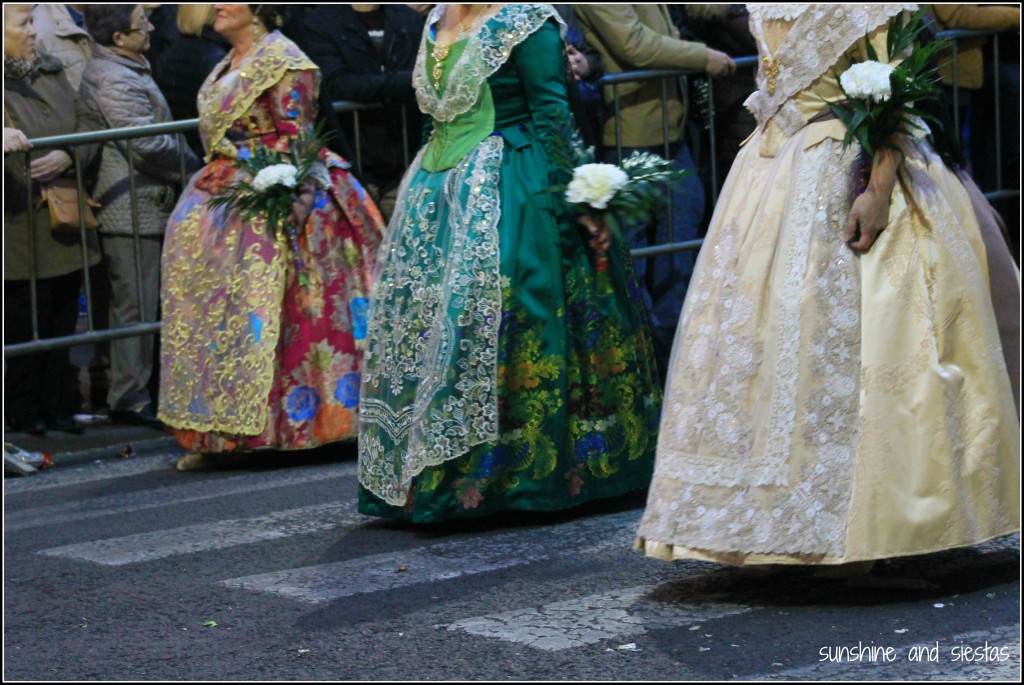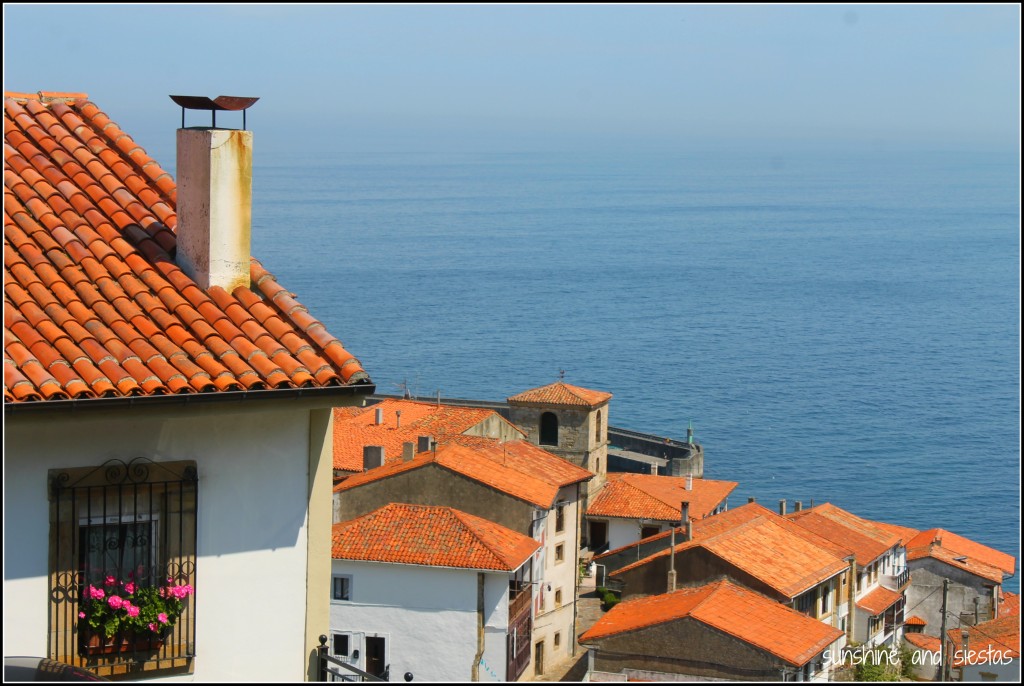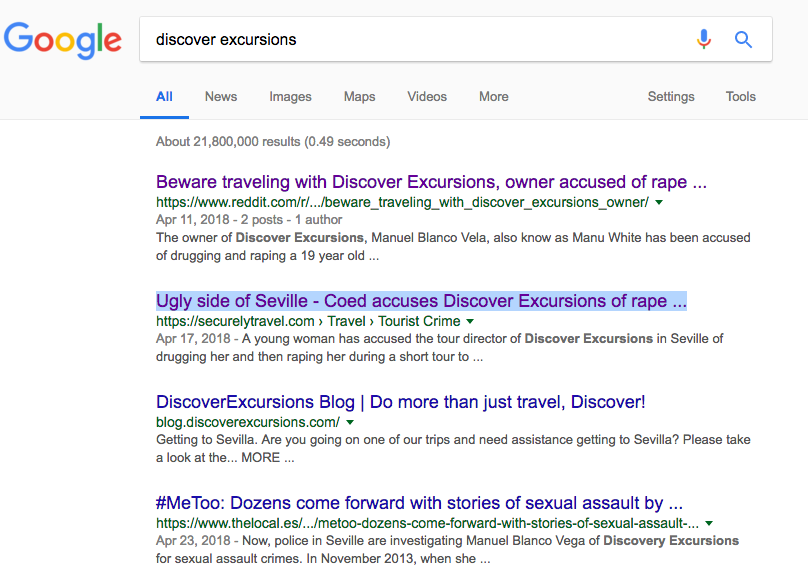The azahar is blooming ever so faintly, carrying its intoxicating scent right to my home office. It’s been exactly a year since the government in Spain locked us in our homes for seven weeks at the beginning of the COVID-19 pandemic. It’s the scent of spring – hope, new beginnings and the promise of brighter days.
As the world begins to open back up, we are all traveling dreaming. Moving to Lyon for half a year was a salve for me, balm to cure my travel bug temporarily. But for someone who always has half a dozen places in mind for my next trip, there is really only one destination I am yearning to go to: Madrid. Both on a professional level and a personal one, I am looking forward to jumping on the high-speed train, booking into a COVID-certified hotel in Madrid and walking the streets of Chamberí – mask on and with caution.
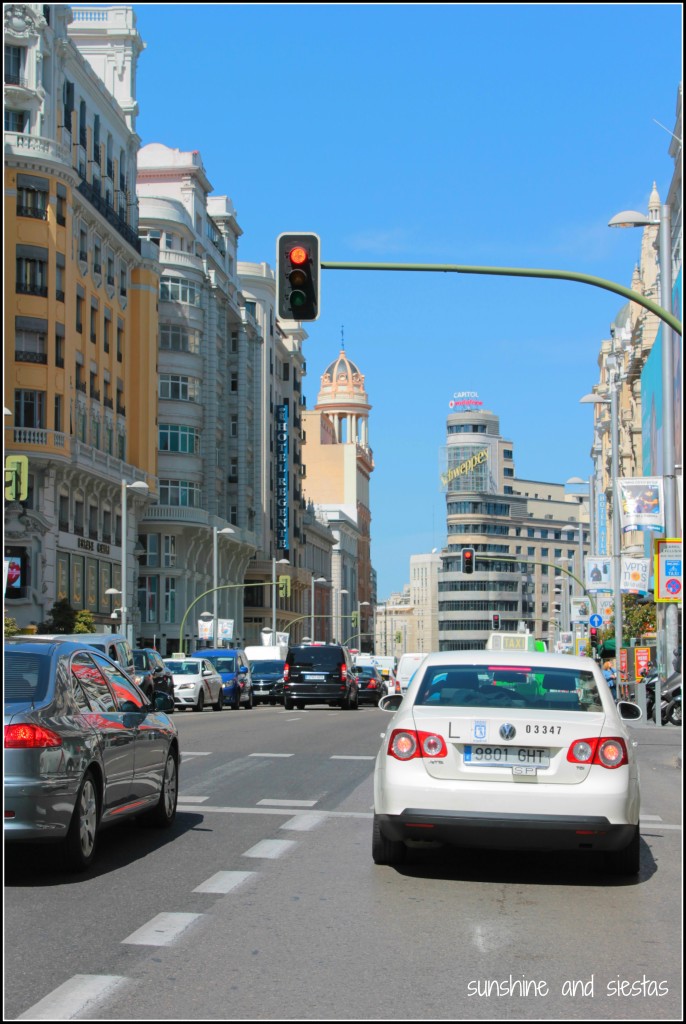
If you’re traveling to Madrid during the COVID-19 pandemic, there are a few things to keep in mind so that you stay safe and healthy while respecting both national and local laws.
While the federal government is anchored in Madrid, many of the granular level decisions about activities, tourism and commerce during the pandemic are delegated to the 17 regional governments. For this reason, Madrid’s curfew is at 11pm whereas Andalucía’s is at 10pm. The city of Madrid is found within a region of the same name (la Comunidad de Madrid).
The most current information can be found on the Comunidad de Madrid’s COVID-19 information page (Spanish). Here are the highlights at the time of publication:
Vaccination and Vaccination Passports
Vaccination groups are determined by regional governments, though the Spanish government pays for and distributes the doses to them according to population. The federal government recently halted inoculations of AstraZeneca for an undetermined amount of time. April will be a month that determines the rhythm of vaccinations, and the Spanish government has announced that its goal is 70% or more of the population immune by September.
Currently, there is no need to present a vaccination passport.
Mobility Restrictions
At the moment, borders to the Comunidad de Madrid remain open, and the Comunidad will not close them despite encouraging citizens to limit movement unless necessary.

If you need to move in or out of a restricted ZBS, you will need a permission slip. Justified reasons include to attend a doctor’s appointment, for work or for educational purposes, or to care for another person who cannot take care of themselves.
Note: Madrid will be closed during the weekend of the Feast of Saint Joseph (Wednesday, March 17 through Sunday, March 21) and Holy Week (Friday, March 26 through Thursday, April 9).
Transportation
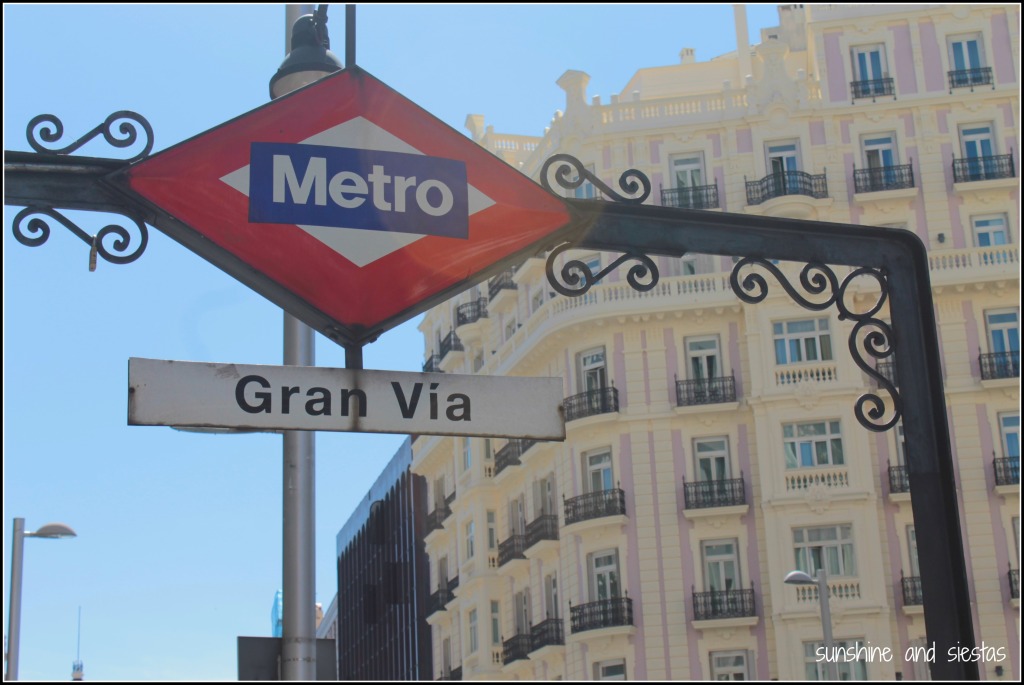
Madrid is a wonderful city for walking, and this is arguably the safest form of transportation. You can also rent a bike through BiciMadrid or a private outfitter, grab an Uber or local taxi on Cabify or use the Renfe commuter trains, Metro de Madrid or red city buses to get around. Contactless payment is preferred, masks are required and each mode of transport operates at a lower maximum occupancy with additional reinforcements at peak hours.
Dining and meeting with others
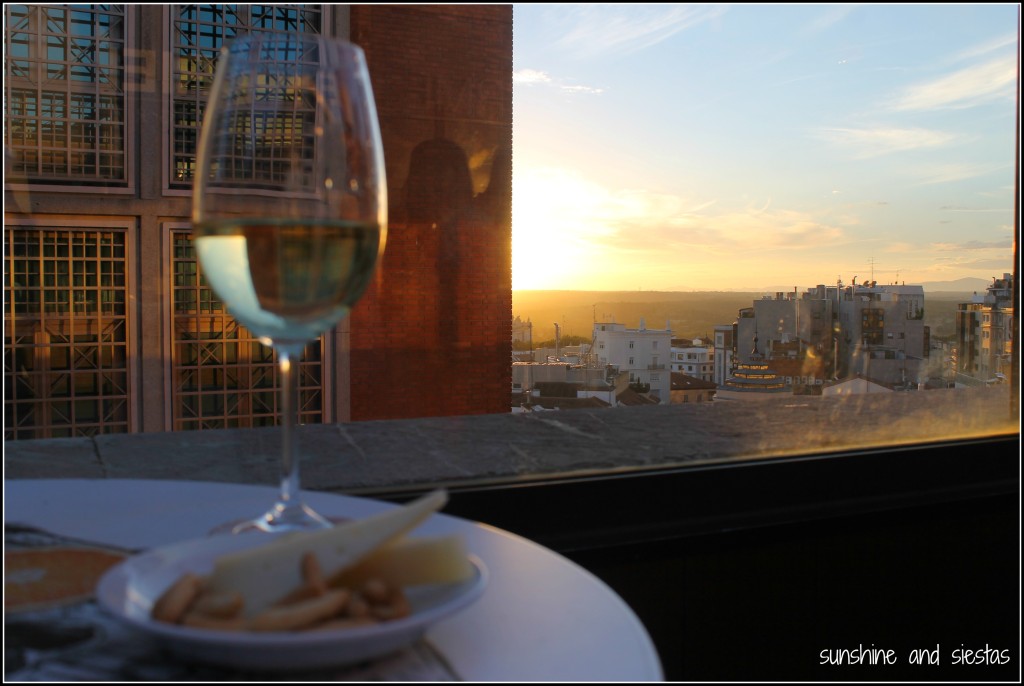
Having visitors over to your home is still expressly forbidden, but social groups are allowed in small numbers: outdoors, you can be up to six people, whereas indoors are limited to four. Restaurant occupancy in Madrid is set to 50% indoors and 75% on terraces, restaurants are open for business until 11pm but cannot accept new diners after 10pm; takeaway options can continue to serve until midnight.
Shops
Shops and large shopping centers can be open during the day at up to 50% occupancy, so long as they are closed by 10 p.m. Exceptions to this would be any sort of business that is considered essential, such as pharmacies, vets or gas stations.
What to do in Madrid during the pandemic
Madrileños are having a field day enjoying their city in a springtime with fewer crowds. Theatres, movie theatres and cultural attractions can have up to 75% of their maximum occupancy filled, and large venues, 40%. Typical holiday celebrations have been postponed this year but Madrid boasts expansive parks, world-class museums and plenty of street life. Visit the official Madrid Tourism page to check what’s open and happening.

You can also enjoy the province, so long as the ZBS is open.
As always, take normal precautions: wear a mask (it’s the law), socially distance, wash your hands frequently and don’t travel or go out of your home if you’re experiencing any symptoms compatible with COVID-19.
Traveling may be far from your mind, even with the long Holy Week celebrations around the corner. It’s really a double-edged sword: Spain’s tourism sector is reeling after an entire year (and more!) lost, yet it’s not wise to be free-wheeling . When it’s safe, I will be back in La Capi, gladly revisiting all of the places that made our years in Madrid special.
This post was written and published on March 17, 2021. At the time of publication, all information was current.
This post is in collaboration with Hotels.com, but all opinions are my own.


